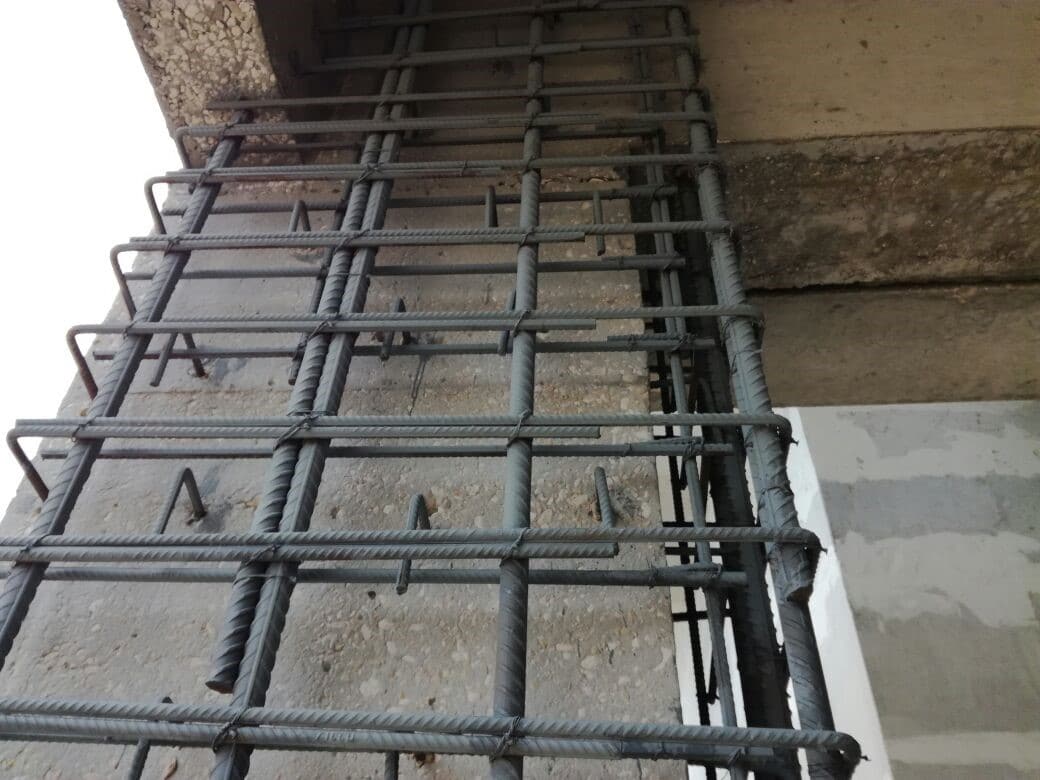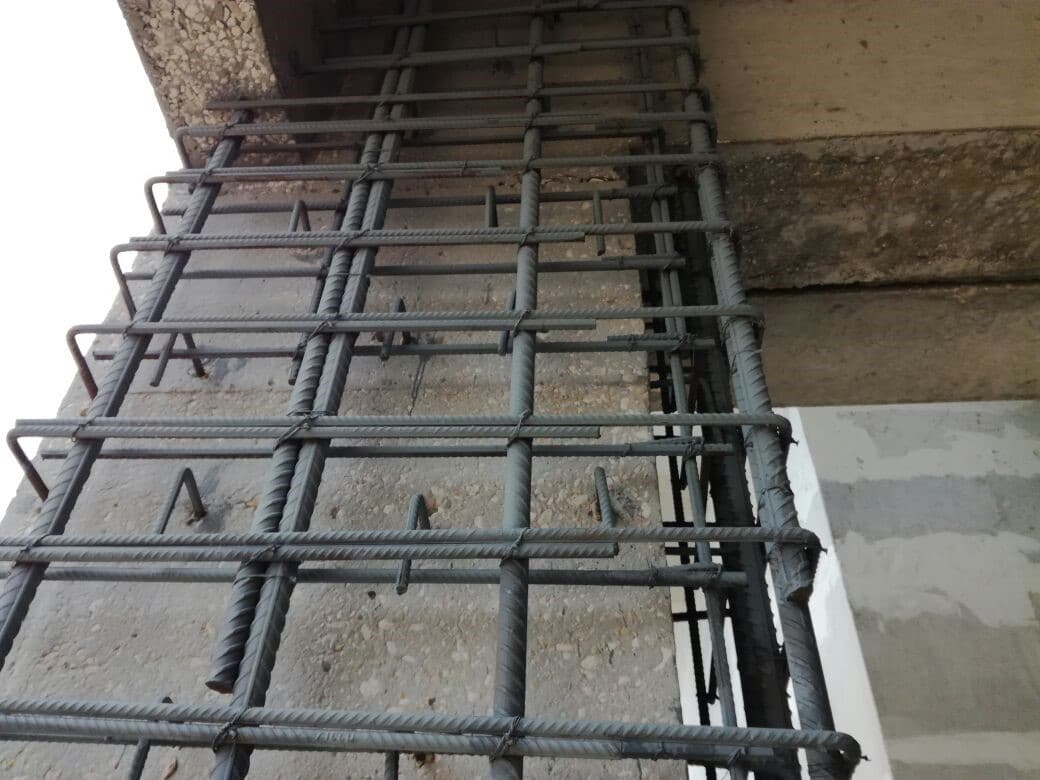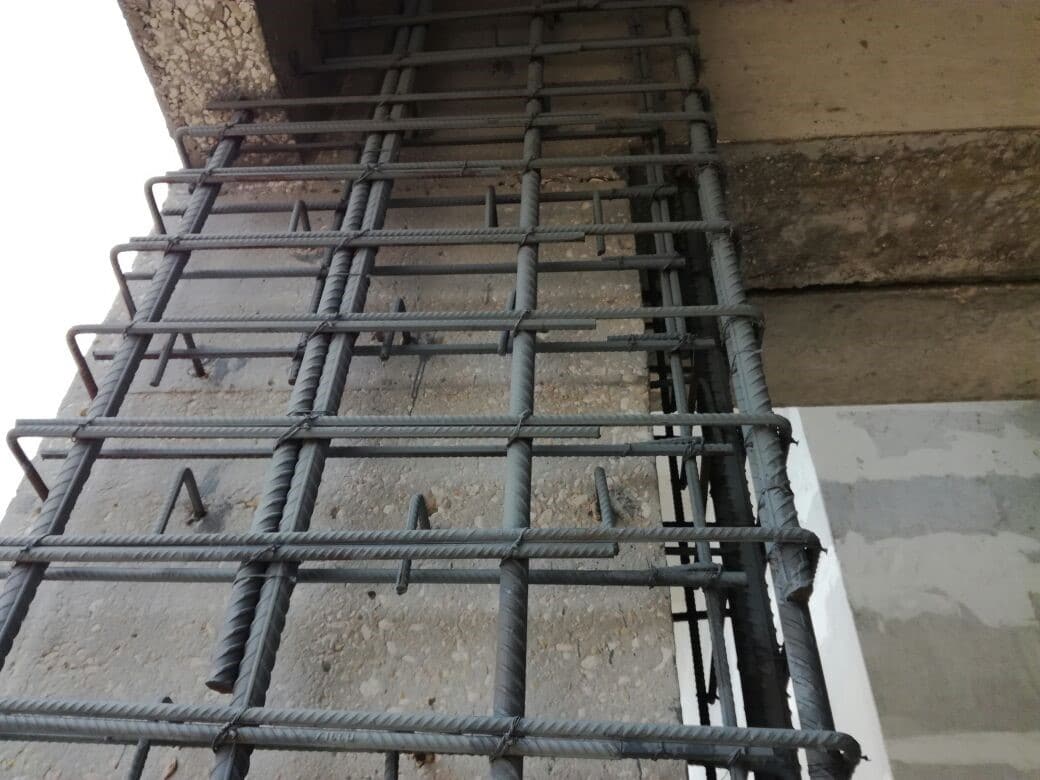Column strengthening methods are discussed in detail. Improvement or repair methods include column retrofitting or column resurfacing.
This process usually begins after construction. If a mistake made during construction is detected early, it may also be necessary to reinforce the pillars.
Why do we need pillar reinforcement
The main problems that lead to spinal improvement include the following.
Fractures – cracks formed in the spine
The support may crack due to insufficient strength. Cracking may occur when loads are applied or due to an increase in load over the design load.
Other causes of column failure include poor concrete quality, inadequate reinforcement, design errors, construction errors, etc.
Durability issues
Durability is the crucial factor that determines the useful life of a structure. If the concrete deteriorates corrosion of the reinforcement and other damage to the structure can lead to failure.
Carbonation, chloride attacks, etc. can lead to corrosion of the reinforcement and thus reduce the load capacity. Durability of concrete is the other aspect we need to address related to the durability of a structure.
Increase load support
The supporting load can be increased by adding new parts, such as: B. brick walls, additional floors, etc. can be increased. In these situations, in addition to evaluating the support, it is also necessary to evaluate the condition of the foundation.
It may be necessary to strengthen the base in addition to the spine in these types of changes.
Low strength of concrete
Due to design problems or incorrect mix composition, the concrete may not have the required strength. In these cases we check the capacity of the column in terms of the available concrete strength. If this wasn't enough, we have to reinforce the pillar.
Column Reinforcement Method
Before discussing the methods of strengthening columns, we must remember that especially if there are durability problems, cracks in the columns, etc., the column needs additional support to reduce its stress.
Leaving cracked columns with damaged concrete can lead to structural failure. Therefore, proper assessment should be carried out in consultation with a competent civil engineer.
Increase column size
Column wraps of this type are most commonly used in construction because they are simpler than other methods and can be accomplished with the assistance of the on-site construction team and in consultation with the civil engineer.


This method proceeds as follows:
- First, the additional resistance required is calculated due to the increased load or, in the case of a damaged column, based on the current load capacity from a static assessment.
- Thus, an increase in dimensions and reinforcement can be calculated
- Chip off the concrete surface.
- You can add some dowel pins to the existing column to improve the bond and prevent the new concrete from separating from the old concrete.
- Fix the reinforcing cage and formwork.
- Depending on how you make the concrete, a binder can be applied for better adhesion.
Steel Supports
Steel plates or steel profiles, such as universal beams or columns, are attached to the column to increase its load-bearing capacity. These types of modifications are mostly done to concrete piers that are in good condition and undamaged. In cases where the column load increases due to additions to the structure, this method is more suitable.
Additional capacity will be achieved by adding new sections.


FRP Limitation
There are two types of FRP coating technologies: fiber cloth reinforcement technology and fiber board reinforcement technology. This is a new approach to technical reinforcement and recovery. To achieve building structure reinforcement, resin bonding materials are mainly used to bond fiber-reinforced polymer (FRP) to the concrete surface and stressed areas of components.
The advantages of this method are high strength, light weight and shorter construction time, etc. This technology is also used for reinforcement work on other elements, such as beams and slabs.
By using FRP, we comply with fire safety requirements.



